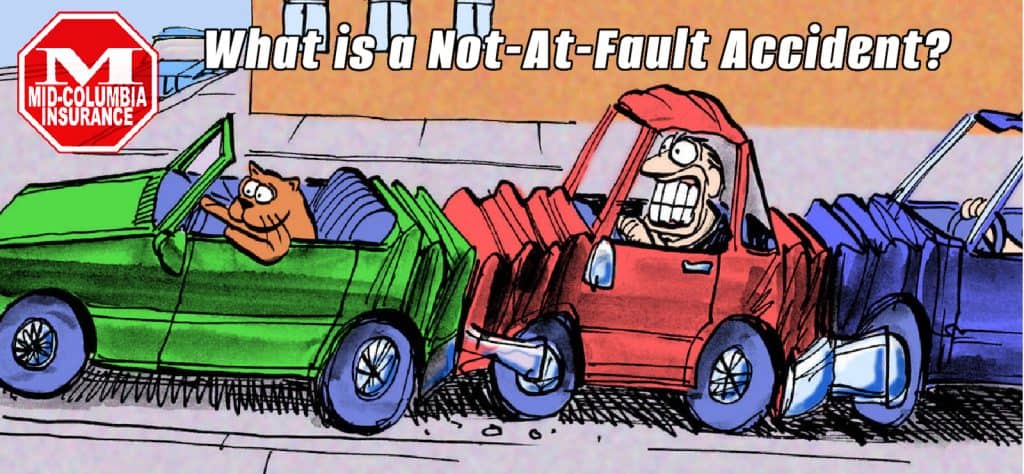
A not-at-fault accident is a collision where the driver is not deemed responsible for causing the crash. In Washington state, fault determination is based on the legal concept of negligence, which is the failure to exercise reasonable care in a given situation. Understanding what constitutes a not-at-fault accident is crucial for drivers to protect their legal rights, insurance claims, and financial well-being.
Key Takeaways
- In Washington, a not-at-fault accident is one where the driver is not responsible for causing the crash due to the other party’s negligence or traffic violations.
- After a not-at-fault accident, gather evidence, notify your insurer, and cooperate with the investigation while being cautious about settlement offers.
- If the at-fault party’s insurance is insufficient or uncooperative, consult your insurance or possibly an attorney.
Fault Determination
The process of determining fault in a car accident involves several key factors:
- Negligence: Negligence is the foundation of fault determination in Washington. It involves four elements: duty, breach, causation, and damages. All drivers have a legal duty to operate their vehicles safely and avoid causing harm to others. If a driver breaches this duty by acting carelessly or recklessly, and their actions directly cause an accident resulting in damages, they will likely be found at fault.
- Traffic Law Violations: Washington’s Rules of the Road (RCW Title 46) establish specific traffic laws that all drivers must follow. Common violations that lead to accidents include speeding, running red lights or stop signs, failing to yield the right-of-way, and following too closely. If a driver violates a traffic statute and causes a crash, they will be considered negligent per se, meaning their actions are inherently negligent.
- Comparative Fault: Washington follows a pure comparative negligence rule, which allows a driver to recover damages even if they are partially at fault for an accident. However, their compensation will be reduced proportionally to their degree of fault. For example, if a driver is found 30% at fault and their damages total $10,000, they can only recover $7,000 from the other driver’s insurance.
- Evidence: Determining fault requires gathering and analyzing evidence from the accident scene. Police reports provide an official record of the crash, including the officer’s opinion on fault based on their investigation. Witness statements can offer impartial accounts of how the accident occurred. Photos of vehicle damage, skid marks, and road conditions can help reconstruct the events leading up to the collision. Other relevant evidence may include traffic camera footage, dashboard camera videos, and vehicle data recorders.
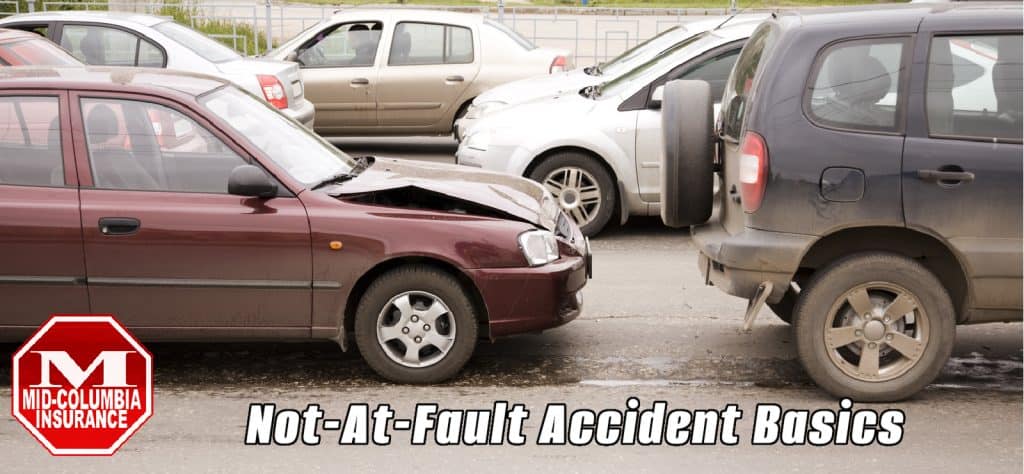
Types of Not-At-Fault Accidents
Some common scenarios where a driver may be considered not at fault include:
- Rear-end Collisions: When a driver is hit from behind by another vehicle, the trailing driver is almost always found at fault. Washington law requires drivers to maintain a safe following distance and be able to stop in time to avoid a collision. Rare exceptions may include cases where the lead driver suddenly reverses or has malfunctioning brake lights.
- Left-turn Accidents: A driver making a left turn is typically liable if they fail to yield the right-of-way to oncoming traffic and cause a crash. Exceptions may include cases where the oncoming driver is speeding, runs a red light, or is otherwise negligent.
- Pedestrian Accidents: Drivers must yield to pedestrians at crosswalks and intersections. If a pedestrian is hit while lawfully crossing, the driver is likely at fault. However, if the pedestrian darts into the road outside a crosswalk or against a “Don’t Walk” signal, the driver may not be liable.
- DUI Accidents: An intoxicated driver who causes a crash is considered negligent per se, meaning their actions are inherently negligent. Even if the other driver shares some fault for the accident, the impaired driver will likely be deemed primarily responsible.
- Hit and Run: Fleeing the scene of an accident is a criminal offense in Washington. The absent driver is presumed at fault, and their actions may be considered felony hit and run if someone was injured or killed. If caught, the fleeing driver will likely face both criminal charges and civil liability for damages.
Other not-at-fault accident scenarios may include:
- Mechanical failures, such as a tire blowout or brake failure, that cause the driver to lose control of their vehicle.
- Road hazards, like potholes, debris, or wildlife, that the driver cannot safely avoid.
- Medical emergencies, such as a heart attack or seizure, that render the driver incapable of controlling their vehicle.
- Multi-vehicle accidents where the not-at-fault driver is caught in a chain-reaction crash caused by other negligent drivers.
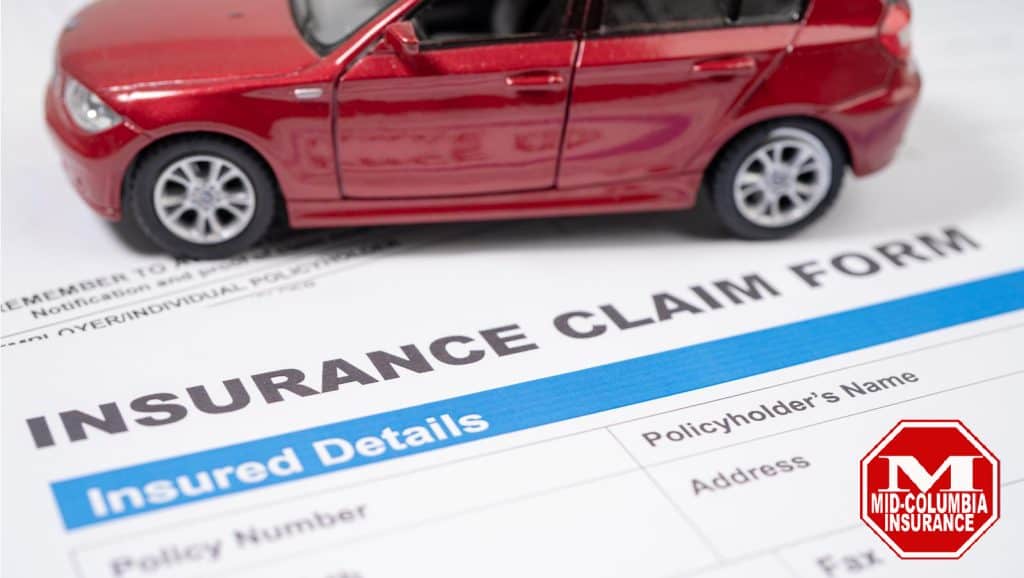
Insurance Claims
After a not-at-fault accident, drivers should prioritize safety and seek necessary medical attention. They should also take the following steps to protect their insurance claim rights:
- Notify their insurance company as soon as possible to report the accident. Most policies require prompt notification to maintain coverage.
- Document the accident thoroughly. Take photos of vehicle damage, injuries, and the accident scene. Get contact and insurance information from the other driver(s) involved. Call the police to report the accident and obtain an official collision report.
- Cooperate with the insurance adjuster’s investigation. Provide any requested information, such as medical records or repair estimates. However, be cautious about giving recorded statements or signing documents without consulting an attorney.
- Review the settlement offer carefully. The at-fault driver’s insurance should cover all reasonable and necessary damages, including vehicle repairs, rental cars, medical bills, lost wages, and pain and suffering. If the offer seems too low, consider negotiating for fair compensation or consulting a personal injury attorney.
Washington requires all drivers to carry liability insurance to cover damages they may cause others. The minimum limits are:
| Coverage Type | Minimum Limit |
|---|---|
| Bodily Injury Liability | $25,000 per person / $50,000 per accident |
| Property Damage Liability | $10,000 per accident |
However, these minimums may not fully cover a serious accident. Drivers can protect themselves by purchasing higher liability limits and optional coverages like:
- Collision Coverage: Covers repairs to the policyholder’s vehicle after an accident, regardless of fault.
- Uninsured/Underinsured Motorist (UM/UIM): Provides compensation if the at-fault driver has no insurance or insufficient coverage.
- Personal Injury Protection (PIP): Pays for the policyholder’s medical expenses and lost wages after an accident, regardless of fault.
Being not at fault generally means the other driver’s insurance should pay for all accident-related damages. The not-at-fault driver can file a “third-party claim” directly with the at-fault driver’s insurer. However, they may need to use their own collision or UM/UIM coverage if the at-fault driver is uninsured or underinsured.
Importantly, a not-at-fault accident should not cause the driver’s insurance premiums to increase. Washington law prohibits insurers from raising rates or canceling policies solely because the policyholder was involved in a not-at-fault accident. However, drivers may still notice other changes to their policies, such as adjustments related to overall market trends or claims frequency in their area. It’s crucial for policyholders to review their statements carefully and ensure any rate changes are not improperly attributed to the not-at-fault accident insurance impact. If discrepancies arise, contacting the insurer to clarify the adjustments or seeking legal advice may be necessary.
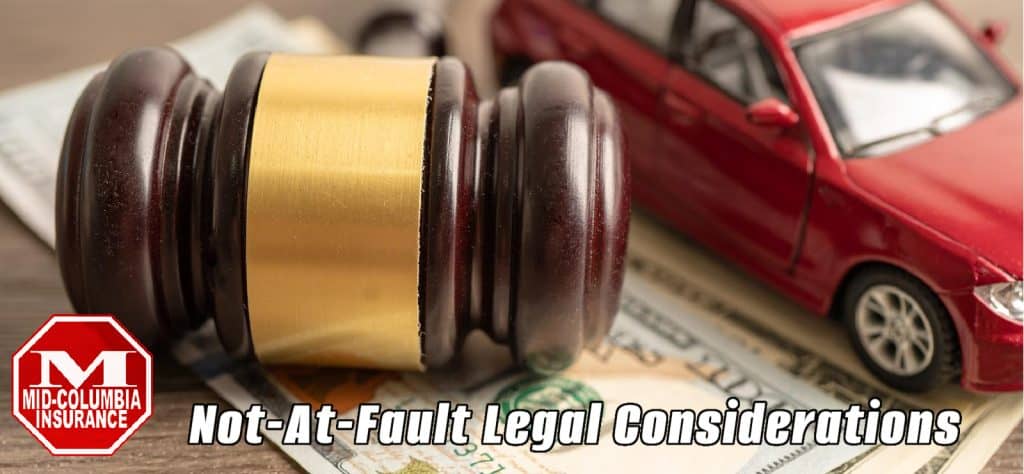
Legal Considerations
While many not-at-fault accidents can be resolved through insurance claims, some cases may require legal action. The not-at-fault driver may need to file a lawsuit against the at-fault party if:
- The at-fault driver’s insurance denies liability or offers an unreasonably low settlement.
- The at-fault driver is uninsured or underinsured, and the not-at-fault driver’s UM/UIM coverage is insufficient.
- The accident caused significant injuries, disabilities, or disfigurement that warrant additional compensation.
Key legal points to consider include:
- Statute of Limitations: In Washington, drivers generally have three years from the date of the accident to file a personal injury lawsuit. For property damage claims, the deadline is also three years. If a government vehicle is involved, special notice requirements apply, and the time limits may be shorter.
- Damages: Washington allows recovery of both economic and non-economic damages. Economic damages include quantifiable losses like medical expenses, property damage, lost wages, and loss of earning capacity. Non-economic damages cover subjective losses like pain and suffering, emotional distress, and loss of enjoyment of life. Washington caps non-economic damages at 43% of the average annual wage ($2,409.48 as of 2023) multiplied by the plaintiff’s life expectancy, but no less than 15 years. Punitive damages, designed to punish the defendant for egregious conduct, are not available in Washington.
- Negligence Defenses: Even if the not-at-fault driver bears no responsibility for the accident, the at-fault party may try to argue comparative negligence to reduce their liability. For example, they may claim the not-at-fault driver was speeding, distracted, or failed to take evasive action. A successful comparative negligence defense can reduce the at-fault driver’s share of damages based on the not-at-fault driver’s percentage of fault.
To build a strong legal case, the not-at-fault driver should work with an experienced personal injury attorney. The attorney can help:
- Investigate the accident and gather evidence
- Handle communication with insurance companies
- Negotiate with the at-fault party’s insurer
- File a lawsuit if necessary
- Represent the driver in court and at trial
An attorney can also advise on the potential value of the case, the likelihood of success, and the best strategy for maximizing compensation.
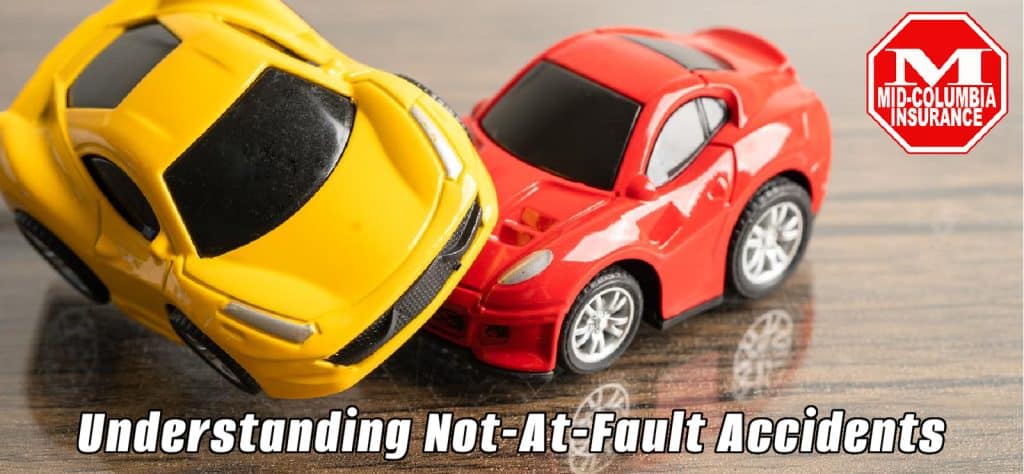
Conclusion
Being deemed not at fault for an accident in Washington state requires demonstrating the other driver was negligent and caused the crash. Following the right steps after an accident is crucial to protect your health, safety, legal rights, and financial interests. This involves gathering evidence such as photographs, witness statements, and police reports to build a strong case. Proving fault in Washington car accidents also requires understanding state laws, as Washington follows a comparative negligence system, which means your compensation could be reduced if you are found partially at fault. Consulting an experienced attorney can greatly aid in navigating this process and ensuring your rights are fully protected.
First, seek necessary medical attention and report the accident to the police. Gather evidence at the scene, including photos, witness statements, and driver information. Notify your insurance company promptly and cooperate with their investigation. Be cautious about accepting settlement offers without consulting an attorney, especially if you have significant damages. It’s also important to keep a detailed record of your injuries, treatments, and any expenses related to the accident, as this can be crucial for your claim. Understanding what to do after a car accident can make a significant difference in protecting your rights and ensuring fair compensation. Lastly, remember to stay organized and follow up regularly with your insurer and legal team to track the progress of your case.
If the at-fault driver’s insurance is uncooperative or insufficient, consult a personal injury attorney about your legal options. Remember, you generally have three years to file a lawsuit in Washington, but acting sooner can improve your chances of a successful outcome.
Most importantly, drive safely and defensively to avoid accidents whenever possible. No matter who is at fault, a crash can have devastating consequences for all involved. By understanding Washington’s fault laws and insurance system, you can be better prepared to navigate the aftermath of a not-at-fault accident and move forward with your life.
Mid-Columbia Insurance
– Your Trusted Insurance Agent
Call (509)783-5600 and speak to one of our independent insurance agent professionals today, or click “Get a Quote” to request an insurance quote.
The insurance you want — At a price you can afford.
